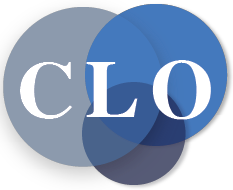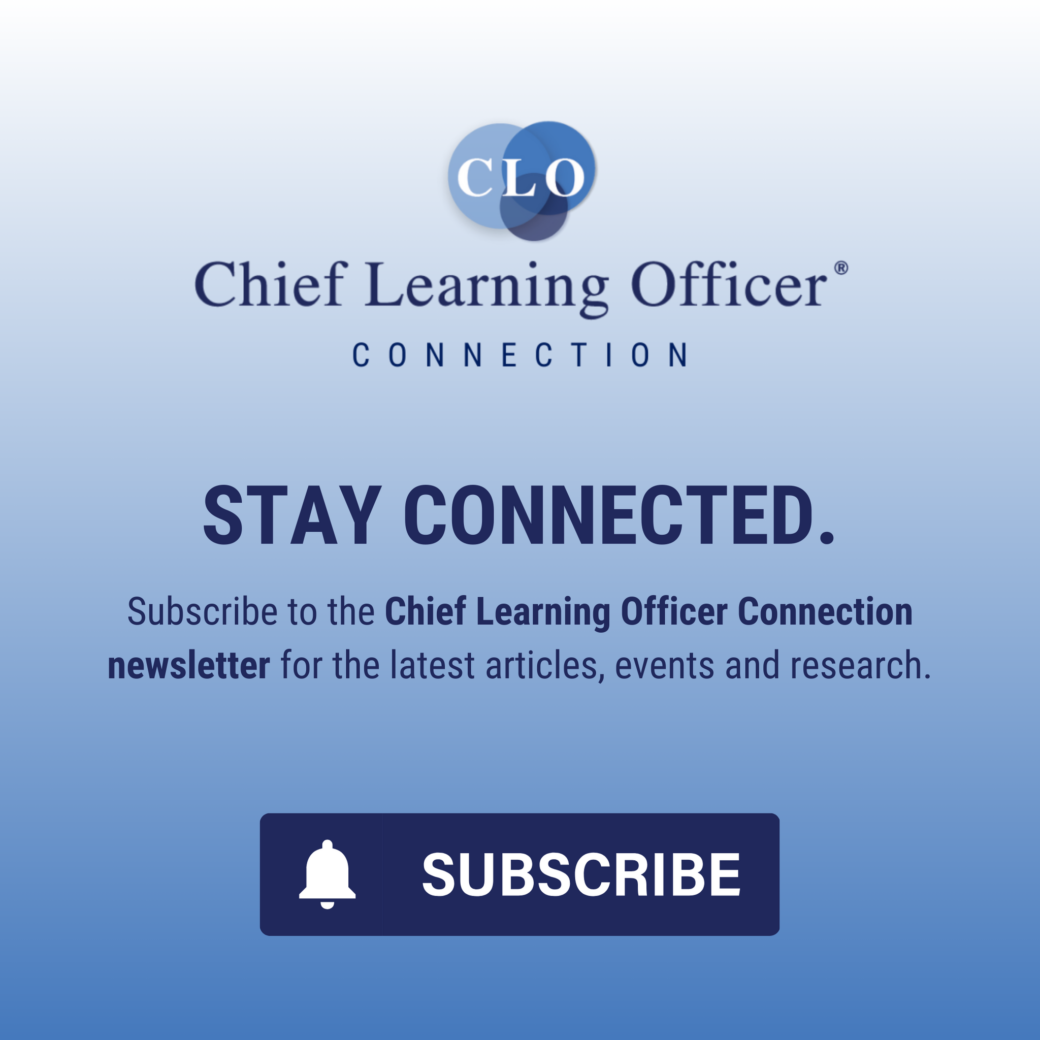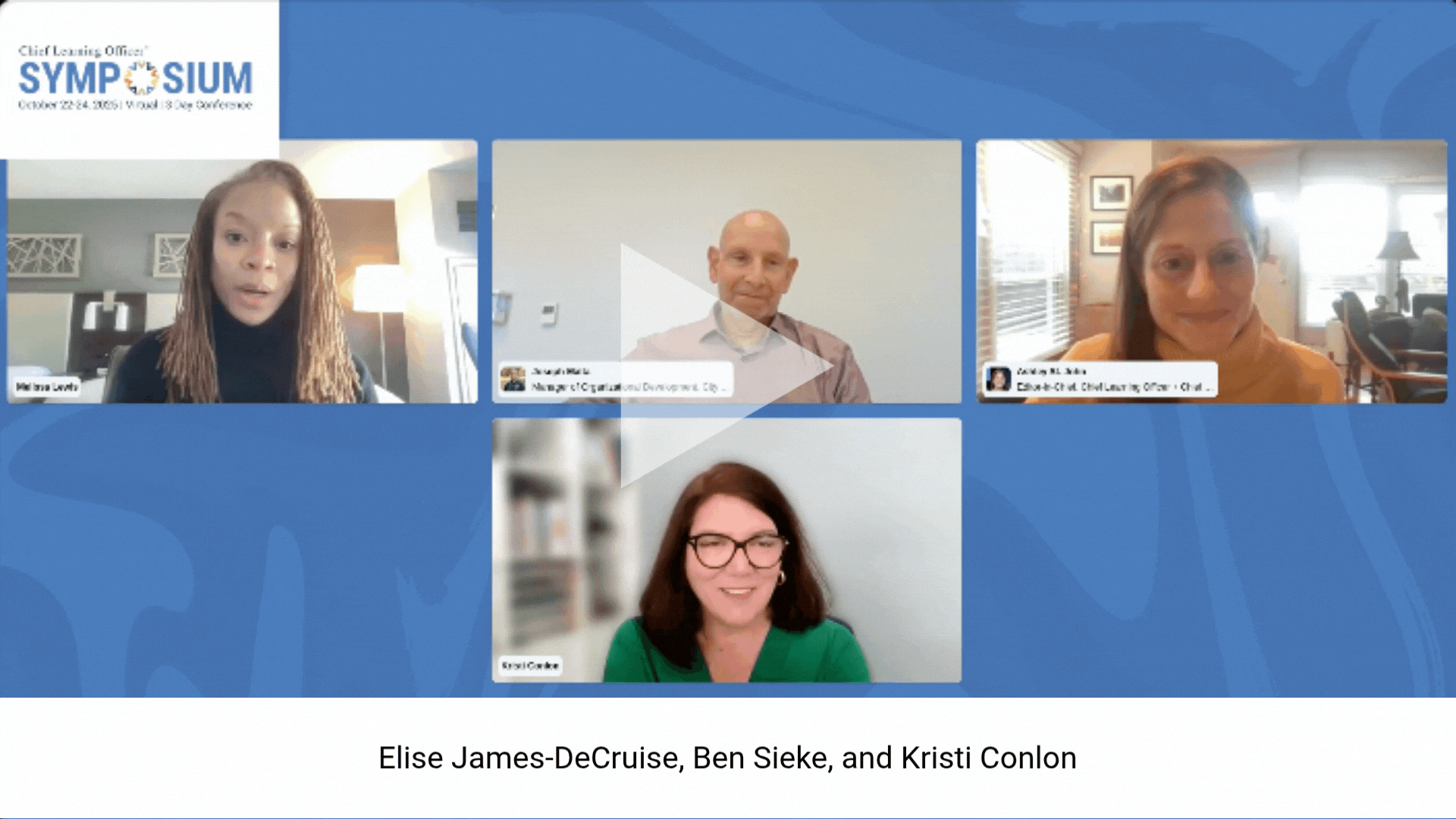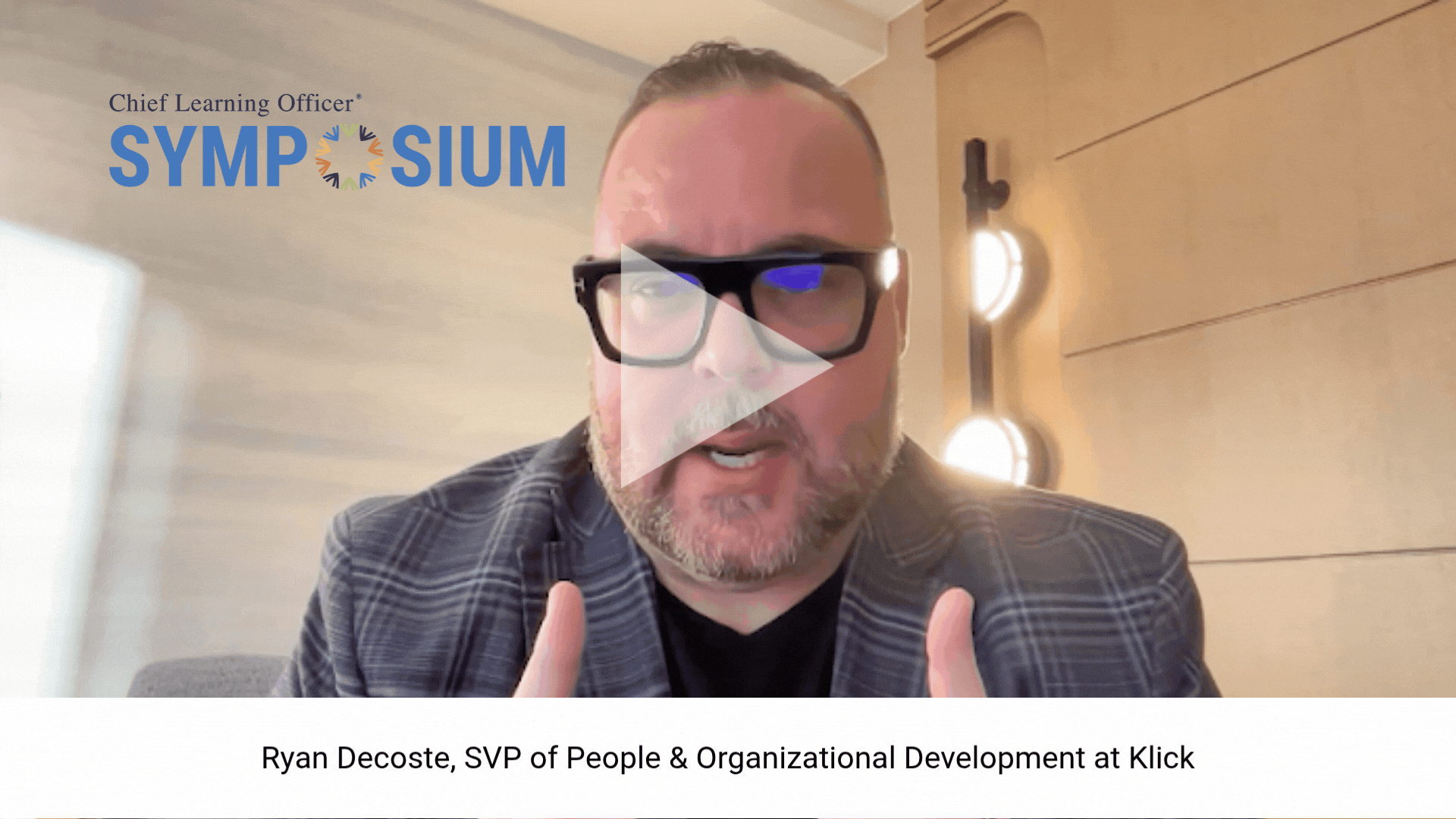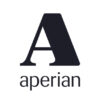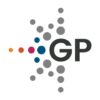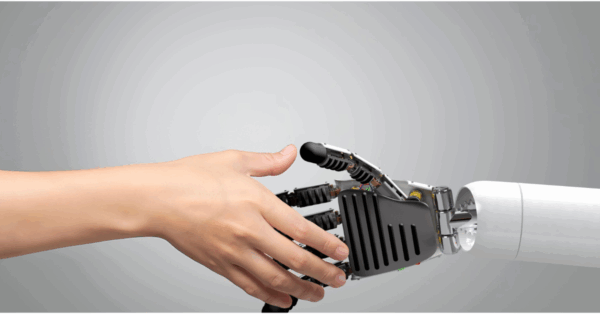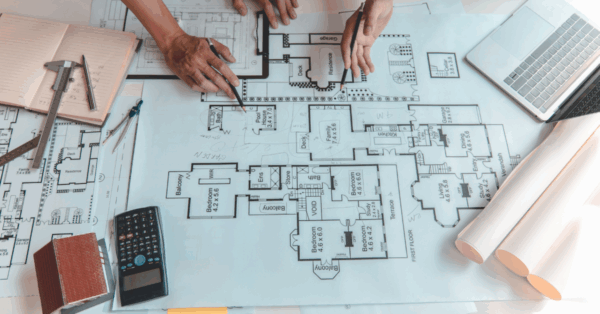In learning and development, there is often tension between theory and practice. Too much theory and learners disengage. Too much application without grounding, and learners risk missing the “why” behind their actions. To bridge this divide, I have been shaping what I call the COPA Learning Framework, a cycle of context, observation, practice and application.
The COPA Learning Framework emphasizes adaptability. It is not a rigid prescription but a flexible structure that can be applied across industries, functions and delivery formats.
Why COPA?
Training is too often reduced to information transmission. Learners are told what to do but not given the clarity or opportunities to internalize why it matters, how it works and where it applies. The COPA Learning Framework addresses this gap by sequencing learning in a way that ensures knowledge transfer and capability building.
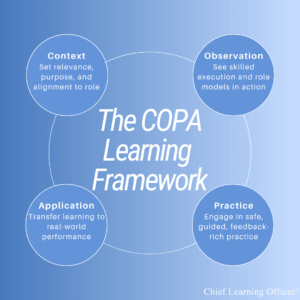
Step 1: Context
Learning begins with anchoring. Learners must understand the “why” before they can fully engage with the “what.” Context sets the stage by:
- Framing the organizational, cultural or industry drivers.
- Making relevance explicit by answering “Why am I learning this now?”
- Connecting the content to the learner’s role, goals or challenges.
Research confirms the importance of this stage. Situated learning theory shows that people learn more effectively when knowledge is presented in the context of its use. Similarly, andragogy emphasizes that adults need to see the relevance and purpose of learning to engage fully.
Step 2: Observation
Before people can do, they need to see. Observation allows learners to watch skilled execution in action. This step may include:
- Demonstrations by subject matter experts.
- Modeling by peers or leaders.
- Case studies or video scenarios that highlight best practices.
Observation is backed by social learning theory, which finds that individuals learn in part by observing others and modeling behaviors. Studies of adult learners further show that observational learning builds self-efficacy and performance by allowing learners to visualize success before attempting tasks themselves.
Step 3: Practice
Skill development requires doing, not just watching. Practice creates a safe space to experiment, make mistakes and receive feedback. Effective practice involves:
- Simulations, role plays or guided exercises.
- Coaching and feedback loops.
- Iterative attempts where learners refine performance.
This aligns with experiential learning theory, which frames learning as a cycle of experience, reflection, conceptualization and experimentation. Research on transfer of learning also highlights that structured practice with feedback improves retention and supports skill transfer into real-world contexts.
Step 4: Application
Finally, learning must transfer. Application moves from simulated practice to real-world execution. Here, learners:
- Apply skills in their workflow with accountability.
- Reflect on outcomes and adjust based on feedback.
- Integrate the new behavior into their daily practice.
Scholars consistently find that without deliberate opportunities to apply learning, transfer breaks down. Studies in organizational learning show that motivation, environmental supports and alignment with workflow are critical for transfer. Application is, therefore, the stage where learning truly impacts workforce readiness.
COPA in action at CSB
The COPA Learning Framework operates effectively at both the macro and micro levels. At the macro level, it guides the design of entire programs, ensuring coherence and transfer across a multi-week experience. At the micro level, it can shape the design of individual modules, lessons or activities, making sure each component contributes to lasting capability.
Macro-level examples
CSB Leadership Institute
The CSB Leadership Institute, a 12-week blended program for emerging leaders, supervisors and middle managers, is intentionally structured around the COPA Learning Framework.
- Context: Each program begins with a pre-program questionnaire, participant expectations and orientation modules that frame the agency’s philosophy of care and leadership values. This establishes relevance by connecting the program directly to CSB’s mission and each leader’s role.
- Observation: Participants observe effective leadership practices through case studies, coaching sessions with a leadership coach and modeled facilitation in learning modules. They see how agency priorities translate into daily leadership behaviors.
- Practice: Learners engage in simulations, role plays and facilitated discussions during virtual office hours, allowing them to test approaches to supervision, communication and decision-making in a safe space.
- Application: Capstone experiences vary across participants, with some completing project-based assignments that address organizational priorities and others developing personal leadership development plans tailored to their growth goals. Supervisors are encouraged to coach participants as they implement their capstones, reinforcing transfer of skills into practice.
Result: The CLI becomes a capability-building experience that positions leaders to step into greater responsibility with confidence and alignment to organizational needs.
While the CLI focuses on leadership capability, COPA also underpins frontline clinical development through the Behavioral Health Specialist Academy.
Behavioral Health Specialist Academy
The Behavioral Health Specialist Academy, a 10-month clinical capability program, applies COPA to prepare staff serving some of Fairfax County and Falls Church’s most vulnerable residents.
- Context: Orientation modules cover the philosophy of care, professional foundations and self-care for the helping professional. By grounding clinical practice in context, learners see not just what to do, but why it matters for client outcomes and ethical standards.
- Observation: Participants learn by observing how tools like the GAIN-SS screening instrument or DLA-20 are applied in real scenarios, as demonstrated by experienced clinicians in case studies and video modules.
- Practice: The BHSA incorporates guided practice with state case management modules, role-play exercises for motivational interviewing, and applied ethics scenarios. These activities allow learners to refine their skills before applying them with clients.
- Application: Graduates are expected to immediately practice their skills in live client interactions. Job aids, supervisor check-ins and structured reflection assignments support the transfer of learning into daily clinical practice.
Result: By aligning clinical training with COPA, the BHSA ensures that staff not only understand compliance requirements but also demonstrate cultural humility, inclusive practice and evidence-based clinical interventions in the field.
Micro-level application
Beyond program design, COPA also strengthens learning at the micro level within individual courses and modules. For example:
- A module may set context with a short scenario video linking content to a real client need.
- Learners then observe a modeled skill demonstration, such as a motivational interviewing exchange.
- They practice by recording their own role-play and receiving peer or facilitator feedback.
- Finally, they apply by committing to using a specific strategy in their next client interaction, then reflecting on outcomes during supervision.
This micro-level application ensures that COPA is not just a framework for program architects but also a practical design tool for instructional designers and facilitators.
Where the COPA Learning Framework works best
The COPA Learning Framework is highly effective in situations where behavior change, skill acquisition and long-term performance are the goals. It is especially suited for:
- Leadership and management development.
- Technical and professional skills training.
- Hybrid and blended learning programs.
- Change management and culture initiatives.
Where the COPA Learning Framework has limits
While broadly adaptable, COPA is not a one-size-fits-all solution. It may be less effective for:
- Quick, transactional knowledge transfer.
- Highly self-directed or expert audiences.
- Mandatory compliance check-the-box training.
- Time-constrained microlearning.
How CLOs can use the COPA Learning Framework
For chief learning officers, the takeaway is to apply COPA intentionally. Use it as the backbone for programs that demand measurable outcomes in capability, readiness or behavior change.
For shorter, compliance-driven, or expert-only programs, adapt or streamline COPA rather than applying it wholesale. Its strength lies in flexibility: It provides a repeatable learning cycle without insisting that every program must follow it in full.
Final thoughts
Learning has value only when it shapes behavior and strengthens performance. The COPA Learning Framework equips CLOs with a practical structure to ensure that training connects to context, provides clarity through observation, develops skill through practice and achieves transfer through application. When all four are present, organizations see the impact on workforce readiness and long-term capability.
